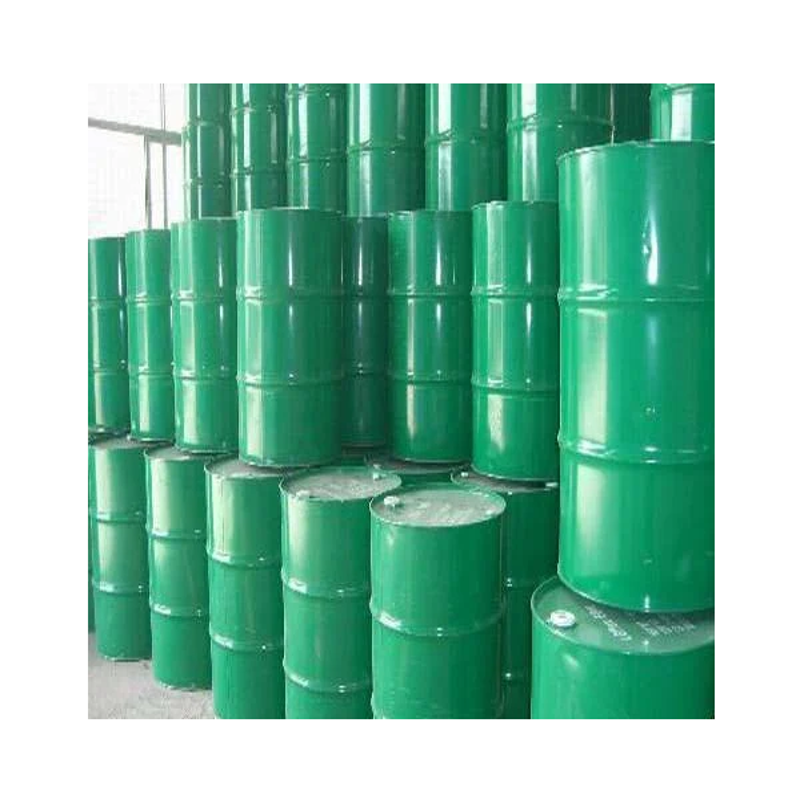-
Categories
-
Pharmaceutical Intermediates
-
Active Pharmaceutical Ingredients
-
Food Additives
- Industrial Coatings
- Agrochemicals
- Dyes and Pigments
- Surfactant
- Flavors and Fragrances
- Chemical Reagents
- Catalyst and Auxiliary
- Natural Products
- Inorganic Chemistry
-
Organic Chemistry
-
Biochemical Engineering
- Analytical Chemistry
-
Cosmetic Ingredient
- Water Treatment Chemical
-
Pharmaceutical Intermediates
Promotion
ECHEMI Mall
Wholesale
Weekly Price
Exhibition
News
-
Trade Service
Recently, a vertical multi-purpose optical cable for indoor and outdoor pipelines has been successfully developed
.
The cable sheath adopts an elliptical structure inside, which makes it easy to extract the required fiber subunit
with a simple tool during construction.
The sheath is made of LSZH material, and two symmetrical FRPs are embedded as reinforcement elements to ensure the strength
of the optical cable.
In addition, the surrounding optical unit is also filled with aramid yarn and water-blocking yarn to ensure that the optical cable has sufficient mechanical and water-blocking properties
.
Since the optical fiber subunit is made of LSZH material, it has more outstanding flexibility than conventional loose tubes, thus showing excellent bending performance, easy to remain in the connector box, and there is no danger
of increased fiber attenuation.
Compared with ordinary loose tubes, the subunit of this optical cable is more suitable for FTTH fiber branch access, and is one of the mainstream products in the future development of
FTTH.
The point-to-multi-point vertical wiring optical cable is also easy to extract a separate optical fiber subunit, and after a small opening in the outer sheath of the optical cable, the required optical fiber subunit can be extracted with simple tools, which provides great convenience
for dense users of optical cable wiring and laying.
With the continuous expansion of optical fiber network, the construction environment is becoming more and more complex and changeable, and the pipeline resource space is becoming more and more narrow, which puts forward higher requirements for the performance indicators and laying convenience of optical cable products, and the structure and performance of optical cable are gradually developed
in the direction of miniaturization, bending resistance, low friction, anti-aging and high strength 。 The continuous in-depth promotion of FTTH has driven the development of new technologies, new equipment, and new network construction plans, and user needs are constantly changing, and more and more operators tend to choose to use existing communication channels for fast and easy optical cable laying, thereby saving optical cable deployment space, reducing construction costs, and meeting customers' diversified data access needs
.
Therefore, how to design the optical cable structure so that it can easily and quickly realize the vertical wiring in high-rise buildings is one of
the key problems to be solved in FTTH access.
Recently, a vertical multi-purpose optical cable for indoor and outdoor pipelines has been successfully developed
.
The cable sheath adopts an elliptical structure inside, which makes it easy to extract the required fiber subunit
with a simple tool during construction.
The sheath is made of LSZH material, and two symmetrical FRPs are embedded as reinforcement elements to ensure the strength
of the optical cable.
In addition, the surrounding optical unit is also filled with aramid yarn and water-blocking yarn to ensure that the optical cable has sufficient mechanical and water-blocking properties
.
Since the optical fiber subunit is made of LSZH material, it has more outstanding flexibility than conventional loose tubes, thus showing excellent bending performance, easy to remain in the connector box, and there is no danger
of increased fiber attenuation.
Compared with ordinary loose tubes, the subunit of this optical cable is more suitable for FTTH fiber branch access, and is one of the mainstream products in the future development of
FTTH.
The point-to-multi-point vertical wiring optical cable is also easy to extract a separate optical fiber subunit, and after a small opening in the outer sheath of the optical cable, the required optical fiber subunit can be extracted with simple tools, which provides great convenience
for dense users of optical cable wiring and laying.
With the continuous expansion of optical fiber network, the construction environment is becoming more and more complex and changeable, and the pipeline resource space is becoming more and more narrow, which puts forward higher requirements for the performance indicators and laying convenience of optical cable products, and the structure and performance of optical cable are gradually developed
in the direction of miniaturization, bending resistance, low friction, anti-aging and high strength 。 The continuous in-depth promotion of FTTH has driven the development of new technologies, new equipment, and new network construction plans, and user needs are constantly changing, and more and more operators tend to choose to use existing communication channels for fast and easy optical cable laying, thereby saving optical cable deployment space, reducing construction costs, and meeting customers' diversified data access needs
.
Therefore, how to design the optical cable structure so that it can easily and quickly realize the vertical wiring in high-rise buildings is one of
the key problems to be solved in FTTH access.







